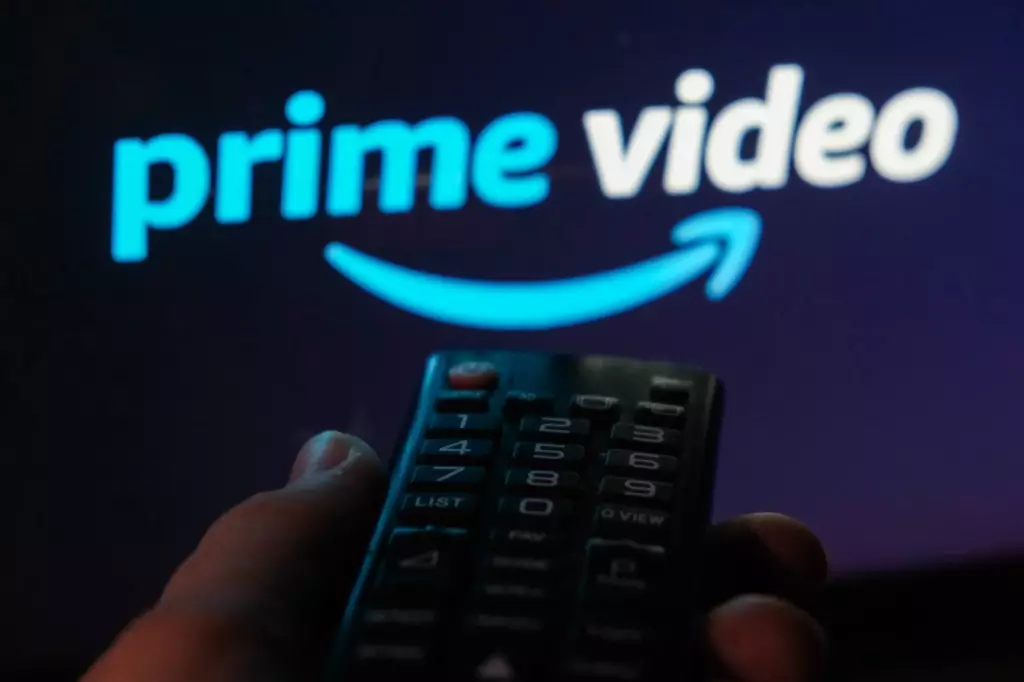Amazon’s recent announcement about the introduction of advertisements to its popular streaming service, Prime Video, has left many subscribers feeling a sense of disappointment and frustration. In September, the company hinted at the possibility of ads being added to their entertainment content, and now we have confirmation that it will become a reality starting from January 29. This unwelcomed change will initially affect the service in the U.S., UK, Germany, and Canada, with other countries such as France, Italy, Spain, Mexico, and Australia to follow later in the year.
According to a letter sent to subscribers, the addition of “limited advertisements” is meant to enable Amazon to continue investing in compelling content and increase their investment over time. However, this reasoning is met with skepticism from loyal Prime Video customers who have come to appreciate the ad-free experience that the platform has offered thus far. The company claims that the number of ads will be fewer than what is typically seen on linear TV and other streaming TV providers, but this does little to appease the disappointment felt by consumers.
One of the most frustrating aspects of this change is that subscribers have no control over the inclusion of ads in their Prime Video experience. No action is required from users, and the current price of the Prime membership remains unchanged. This lack of transparency and choice leaves many feeling powerless and at the mercy of the company’s decision-making.
In response to this announcement, Prime Video customers have been given the option to pre-register for a monthly ad-free subscription. However, this alternative only serves as a temporary solution, as users will not be billed until January 29. This limited timeframe makes it clear that Amazon is intent on integrating ads into the platform, regardless of consumer preferences.
The introduction of ads raises questions about the value proposition of Amazon Prime Video. Subscribers have long been drawn to the service for its ad-free experience and the ability to access a wide range of exclusive content. With this new development, there is a growing concern that the value of the service may diminish, leading some to question whether the annual membership fee is still justified.
The news of advertisements being introduced to Amazon Prime Video is met with disappointment and frustration from subscribers. The lack of control and transparency in this decision leaves many feeling powerless, and the temporary alternative of an ad-free subscription is unlikely to satisfy long-term users. As the streaming service landscape continues to evolve, it remains to be seen how Amazon’s choice to introduce ads will impact the value and popularity of Prime Video.

